Skylights can be the most aesthetically pleasing fenestration when installed properly. It provides a certain architectural intrigue that normal windows can’t easily do so.
Apart from elevating the aesthetics of both indoors and outdoors, skylights have several practical benefits as well. They bring natural light into areas that normally won’t be possible with regular windows.
Regardless of where you choose to install them, skylights can contribute greatly to improving energy efficiency, illuminating low-light areas, and also provide the much-needed dimension to a space. However, you need to choose the right type of skylight for your specific purpose.
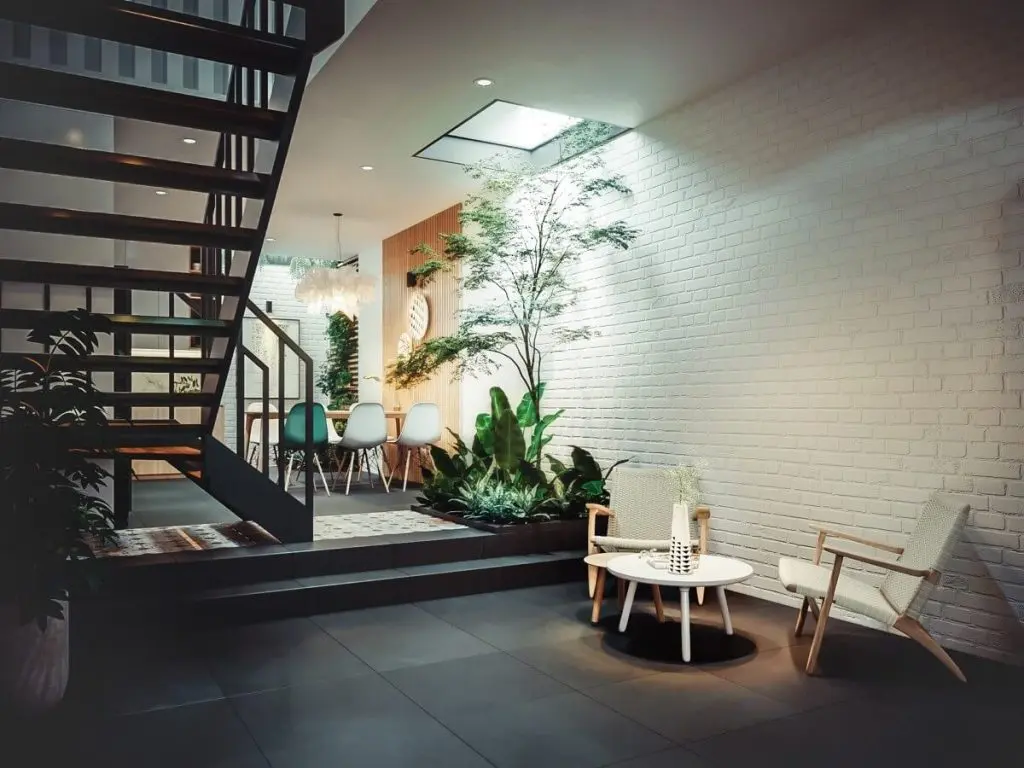
There are several kinds of skylights, each of them serving a different purpose than the other. If you are planning to install a skylight in your home, then you’d need to know about the various options available and then choose what’s best for you.
What is a Skylight?
A skylight is a special type of window installed in the roof of a building to allow maximum daylight to enter the space. Another way to describe a skylight would be that it is a roof opening covered with glass or plastic to allow daylight to pass through it.
An average skylight is capable of allowing approximately eight times as much light to enter the building compared to a normal-sized window. Below are the different types of skylight you need to know about.
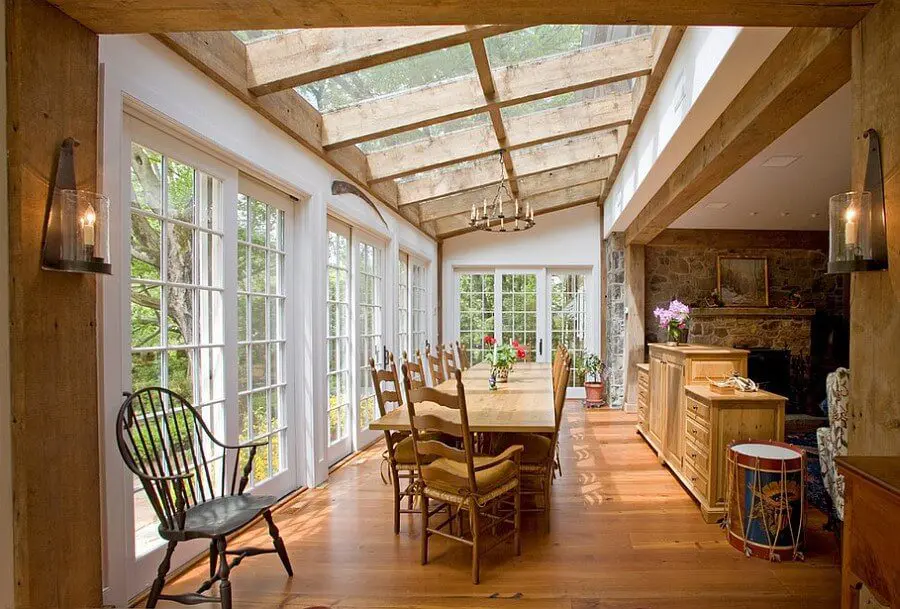
Three Main Categories of skylights
There are three primary types of skylight that are commonly in use. Each of them has different functions and applications.
1. Ventilating Skylight
As the name suggests, it is used for ventilating purposes, so it allows air to pass through. Ventilating skylight works by letting out the hot air that normally rises in your home.
Serving as a means of a passive cooling technique, ventilating skylight helps maintain a comfortable indoor temperature. The ventilation can either be manual or automatic.
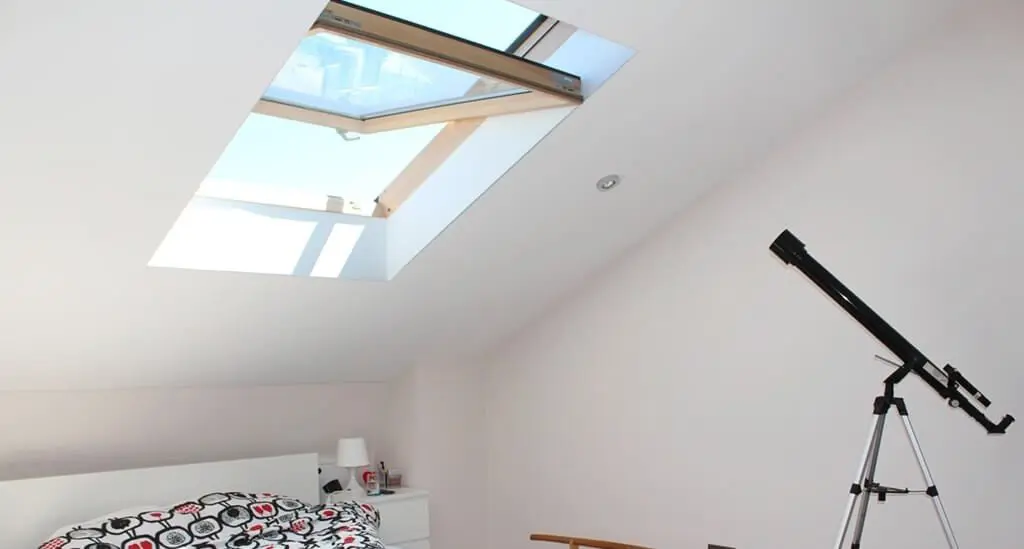
2. Fixed Skylight
It is the most basic type of skylight as it only allows light to pass through and doesn’t have any functional properties. However, the advantage of being inoperable is that fixed skylights are considered the most leak-proof type of skylights available.
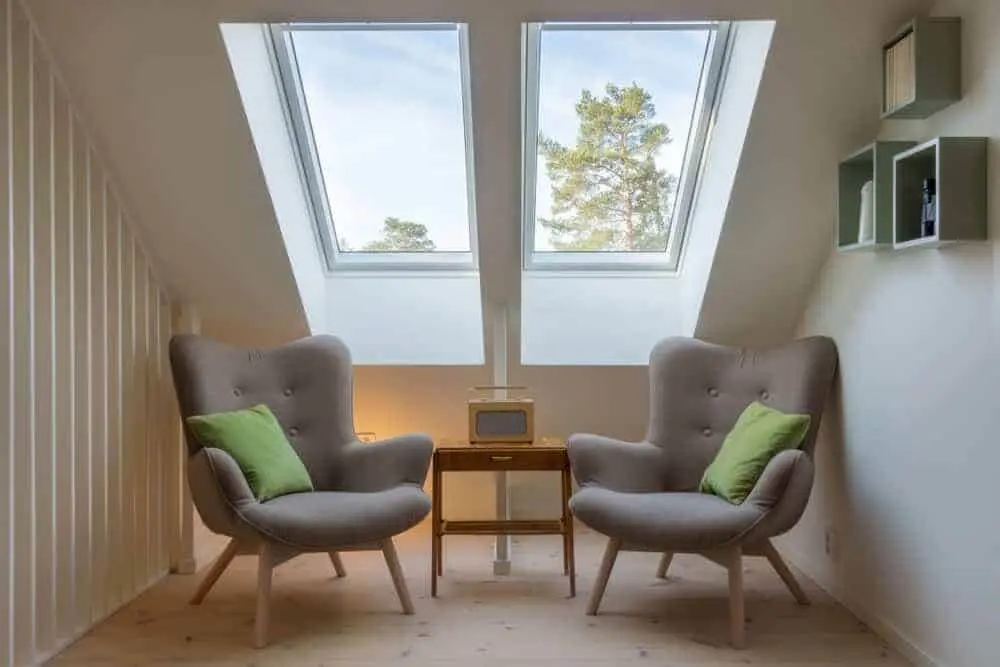
3. Tubular Skylight
Rather than serving aesthetic purposes, a tubular skylight is much more practical. It is a traditional skylight placed on the roof to capture sunlight and reflect it down a tube into a fixture in the ceiling.
It is used to brighten spaces like living rooms, kitchens, closets, and so on. A tubular skylight is much more economical as compared to the above two types of skylights.

Categories of Skylight
Apart from the above three skylights, there are other types that are also used. They can either be used for ventilation or simply fixed, depending on the needs and preferences of the homeowner.
1. Flat Skylight
It is one of the most common and simple types of skylight. A flat skylight is simply a rectangular or square piece of skylight or acrylic installed on roofs. The sizes greatly vary from building to building as they can be extremely large or conveniently small. Flat skylights can either be ventilating or fixed.
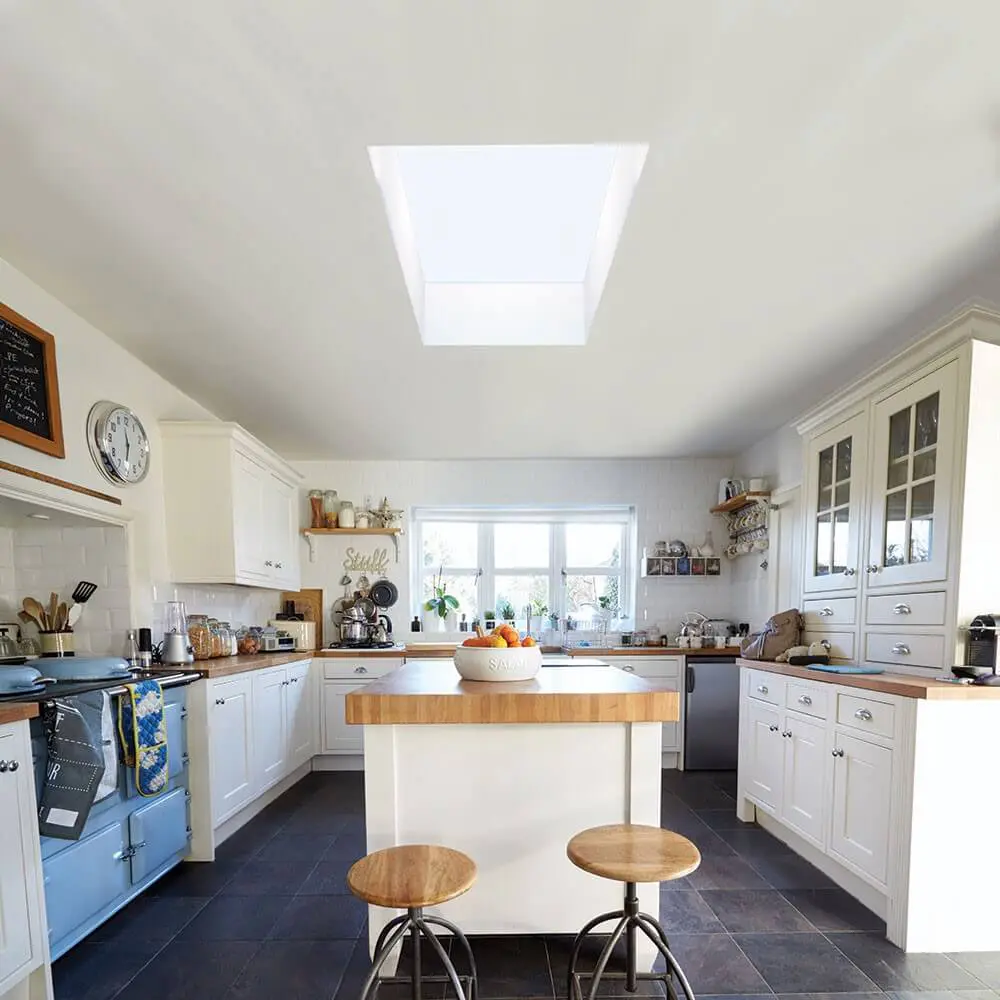
2. Pyramid Skylight
It is mounted on curbs on flat roofs. A pyramid skylight is available with a variety of slope or pitch designs. It is an extremely beautiful architectural feature and allows lots of daylight to enter as compared to other types.
It adds a touch of contemporary style to your simple flat roof and maximizes the beauty of your house from both outside and inside.

3. Dome Skylight
As the name suggests, a dome skylight is built in the form of a dome over the roof. They are an eye-catching way to incorporate natural light into a house.
Compared to flat skylights, dome skylights add way more daylight. The curvature in the design of the dome allows it to bend the light from the sun and creates a beautiful effect in the house.

4. Hip Ridge Skylight
It is not very different from a pyramid skylight except for the fact that it has a rectangular base. A hip-ridge skylight is a long rectangular skylight that peaks up slightly above the surface of the roof to a central ridge with a sloping triangular piece of glass on either short ends.
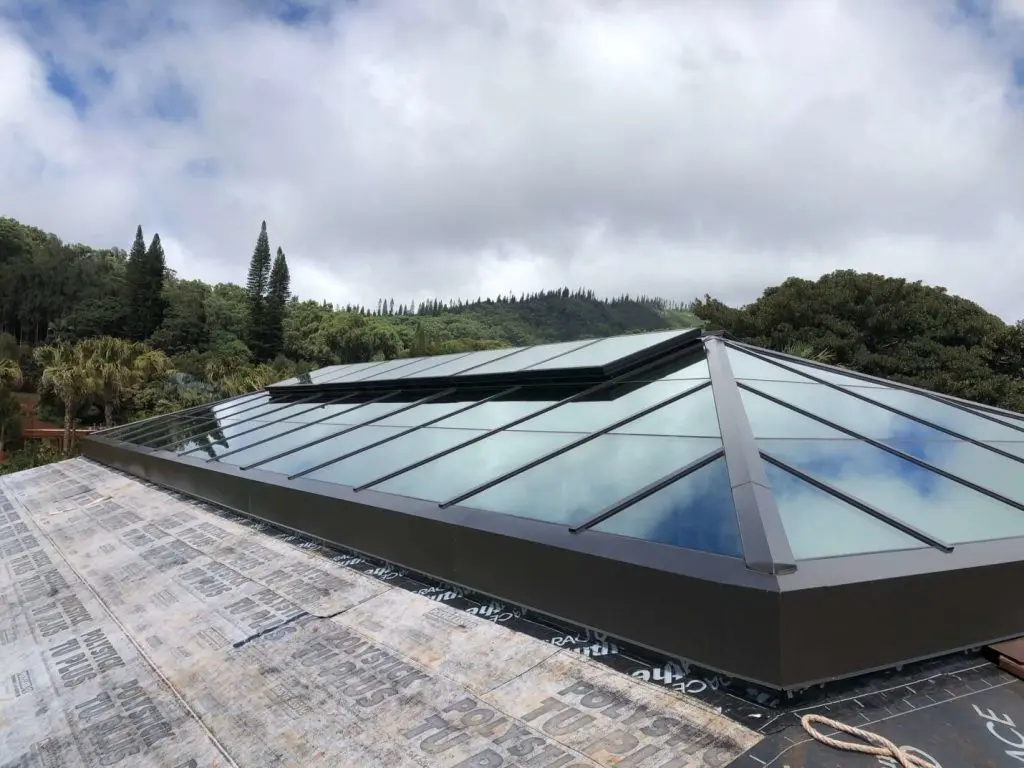
5. Lean-to Skylight
This type of skylight is fixed on a slope of any angle between 10 degrees and 60 degrees. Lean-to skylight rises from the roof of one storey and ends by leaning against the upper wall of the next storey. Although it can be installed in residences, lean-to skylights are more ideal for public buildings such as shopping centers and malls.

Skylights can be a great asset in your house if you install them after properly choosing the right size, position, and most of all, type for your home.
Although there are several beautiful types of skylight options, for Indian homes, ventilating skylights are the most suitable. So, regardless of the design, make sure to incorporate skylights with ventilation systems that will help you combat the summer heat.
– Tulisha Srivastava





